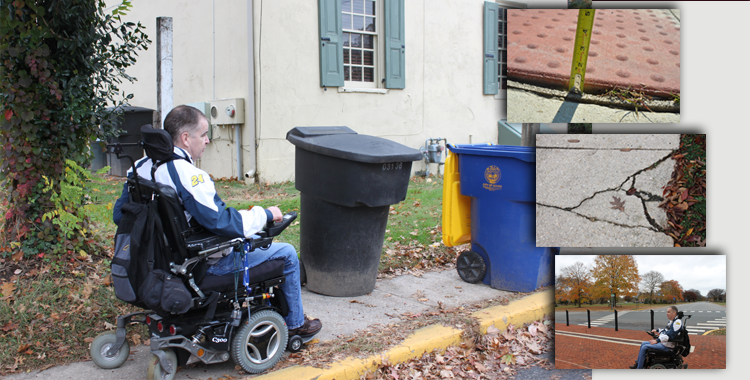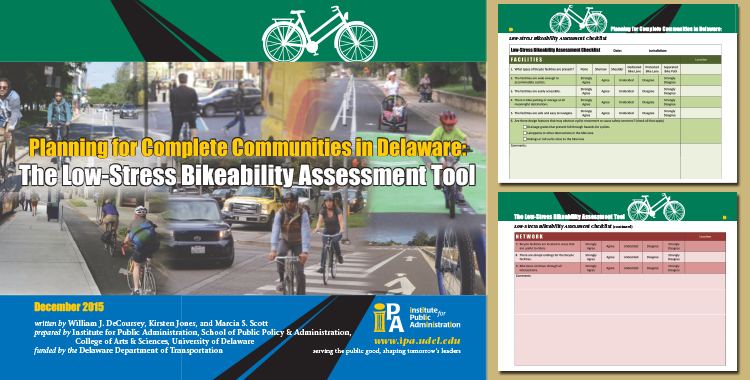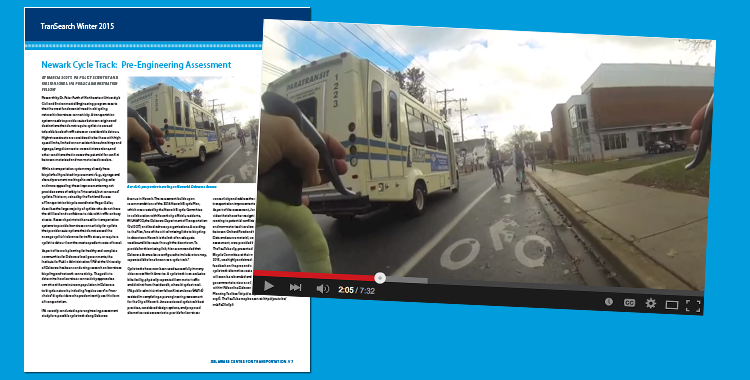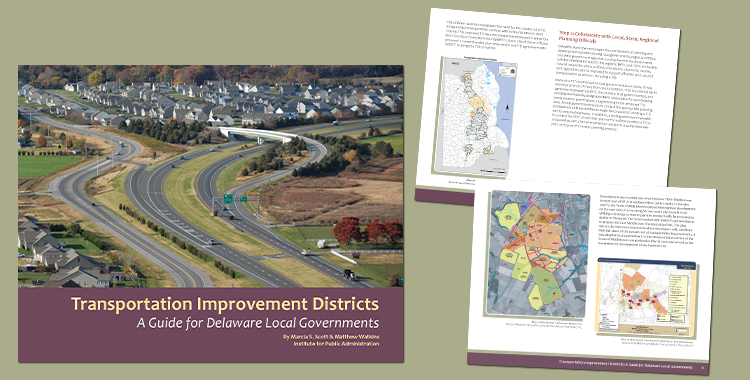
by Sarah Marshall Pragg | Aug 2, 2016 | News, Toolbox
This video, entitled Creating ADA-Accessible Communities, highlights Americans with Disabilities Act (ADA) accessibility issues within pedestrian environments. The video features DelDOT ADA Title II Coordinator John McNeal using a Go-Pro camera to record, from his...

by Sarah Marshall Pragg | Feb 12, 2016 | News, Toolbox
Use the newly developed Low-Stress Bicycling Assessment Tool to find out! Planning for Complete Communities in Delaware: The Low-Stress Bikeability Assessment Tool is a resource for Delaware local governments that are considering ways to improve the low-stress...

by Sarah Marshall Pragg | Feb 27, 2015 | News, Toolbox
IPA recently conducted a pre-engineering assessment study for a possible cycle track along Delaware Avenue in Newark. The assessment builds upon recommendations of the 2014 Newark Bicycle Plan, which was created by the Newark Bicycle Committee in collaboration with...

by Sarah Marshall Pragg | Feb 27, 2015 | News, Toolbox
To help Delaware local governments better understand DelDOT regulations that govern the process to plan for and establish a TID, the Institute for Public Administration developed an electronic publication, Transportation Improvement Districts: A Guide for Delaware...






